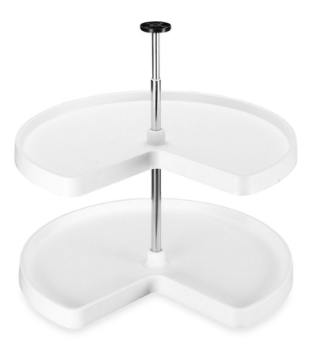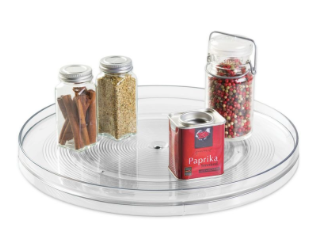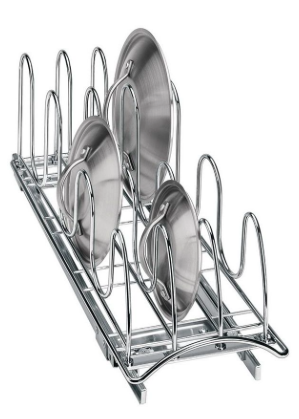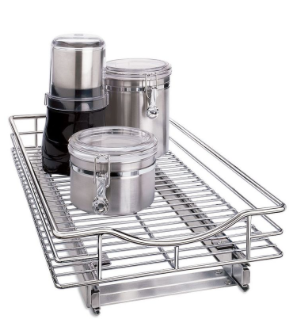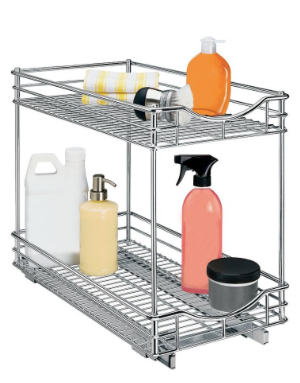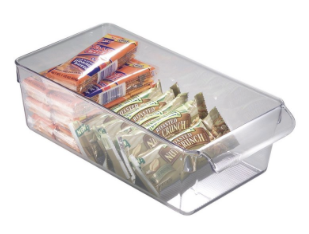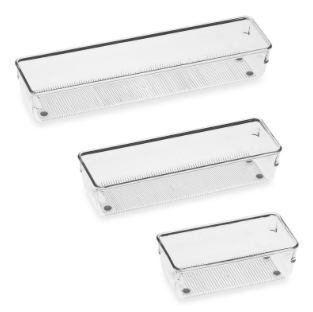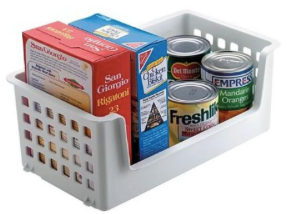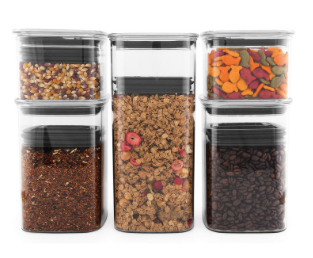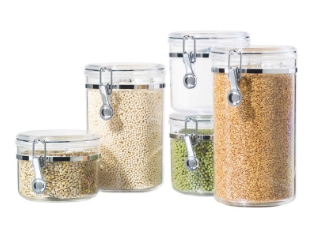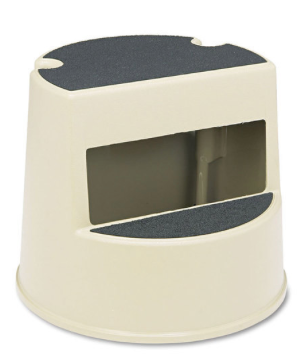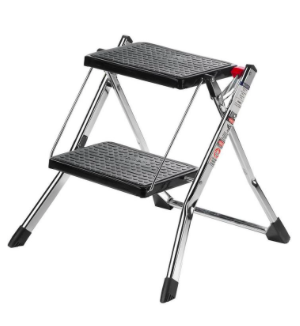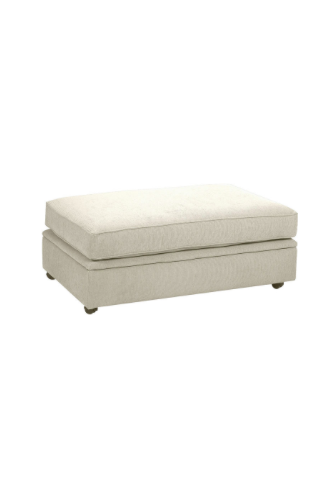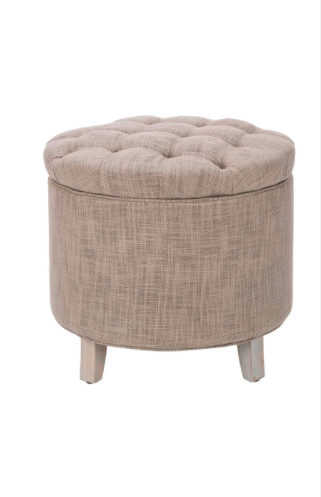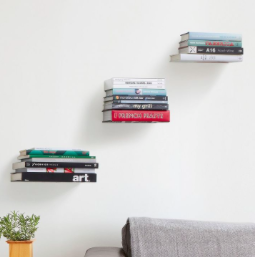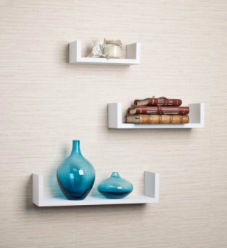Moving is one of the stressful times in our lives. It is actually right up there on the stressor list with losing a job and even a loved one. But there are things that we can do to make the process easier. Mitigate the stress by taking your moving preparations seriously and considering the tips below to help prepare for the big day.
Purging & Packing: Start the purging and packing process at least a few weeks before the big day so you avoid a last minute rush. Don’t avoid the purging part of the process as there is no need to bring everything to your new home -- try to be thoughtful about what items you do and don’t need so that you are only bringing the essentials. When it comes to packing, create an inventory of all items being moved and pack those items in carefully labeled boxes. Labeling is key to an organized move as you will want the kitchen boxes placed in the kitchen and living room boxes in the living room with minimal effort on your part.
Moving Day Box: To save time and patience, pack a box with items that will help with last minute move-related issues. Ideally this box should include: a hammer, screwdrivers, scissors, box cutters, tape, duct tape, dust cloths, basic cleaning products (for touch ups), paper towels, glue, sticky notes and pens, snacks and trash bags. Having these items readily available will make the day go a little smoother and hopefully faster — with less trips to a local store for supplies.
Just the Essentials: You will likely not be able to unpack everything the first day so pack your overnight essentials in one box so that everyone has what they need for a comfortable evening. The kit contents should include: sheets, towels, cups and plates and essential overnight toiletries including soap and shampoo. Basically anything to make the nighttime and morning rituals as normal as possible.
Setting up Service: It may seem obvious but setting up your services - gas, electric, phone, TV and internet - before you move will make the transition easier. If live close-by, try to set them up the day or two before the move for a seamless transition. Otherwise, see if they can come the day of the move so that you can wired from day one.
Animals and Children First: Make childcare and pet care arrangements ahead of time so that you can focus on the move in day. Nobody needs little ones or our favorite furry friends getting underfoot in the chaos of moving day.
Have a Spare: Outside of replacing all of the locks, invest in extra spare keys now so that you have plenty to share with family and any friends who live nearby the day you move in. You will likely be out of sorts being in a new space so it is best to have extras should one set be misplaced for a bit - there is nothing worse than being locked out on your first day!
Ensuring Your Insured: Make sure that your home insurance covers your move days both out of your old place and into the new. This will give you a little extra peace of mind as you go through the process.
Who Knows: Informing friends and family with a cute “We Moved” card is only one part of the change of address process. Prior to the move, be sure to inform the following of your new address: post office, credit card companies, banks, doctors, schools and subscription services for magazines or newspapers.
Focus on Furniture: Take time before you move into your new home to think about where your furniture is going to be placed. The movers will likely only have time to place it once so really think about how you want to room set up so that they place it right the first (and perhaps only!) time. There are plenty of websites that can help with this such as RoomStyler.com or PlanYourRoom.com.







